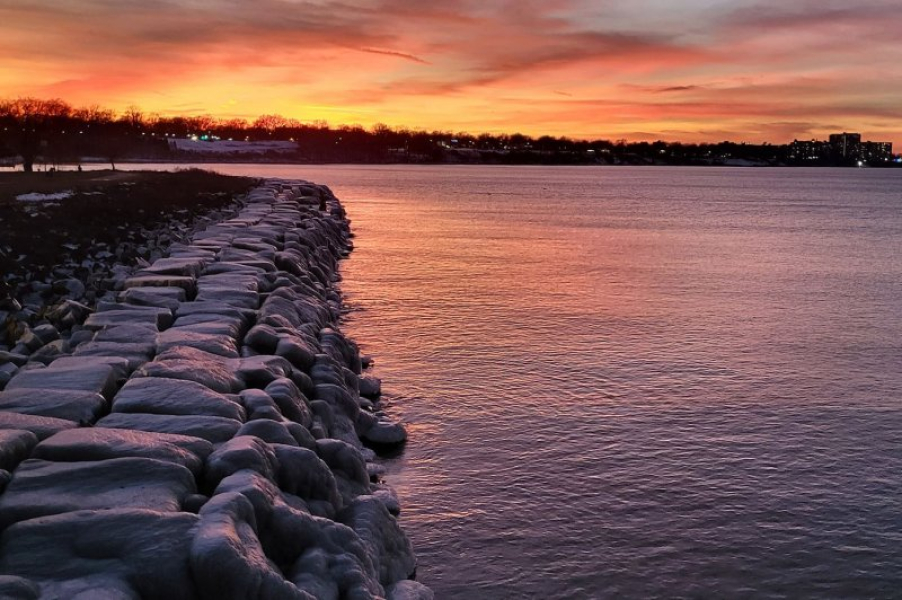
NOAA on Thursday predicted weak to moderate harmful algal blooms in western Lake Erie this summer.
This year's bloom is expected to reach a HAB intensity index of 3, according to the National Oceanic and Atmospheric Administration. A moderate bloom corresponds to an index of 3 to 5, while an index above 5 signals “more intense” HABs, with blooms above 7 considered particularly intense and damaging.
Last June, NOAA made a similar prediction of a toxic algae bloom in western Lake Erie.
In a forecast released Thursday, NOAA scientists noted that Lake Erie HABs, made up of cyanobacteria (commonly known as blue-green algae), can produce microcystin, a toxin that is dangerous to human livers. It also poses a risk to the region's wildlife.
Such dangerous blooms could require increased water treatment and beach closures, officials said. They could also negatively impact fishing and shipping, which could impact the region's economy, NOAA said in a statement. NOAA officials say the annual economic impact to the Lake Erie region could exceed $70 million.
In their statement, the scientists also stressed that the size of a harmful algal bloom does not necessarily indicate its toxicity, noting that each algal bloom is unique.
“Harmful algal bloom forecasts are critical to planning and preparing communities around Lake Erie and are an integral part of NOAA’s scientific work for the nation,” said Nicole LeBoeuf, director of NOAA’s National Ocean Service. “The Great Lakes drive economic activity throughout the region, and environmental forecasts can help understand the dangers of toxic algae to protect public health.”
Sourse: www.upi.com





